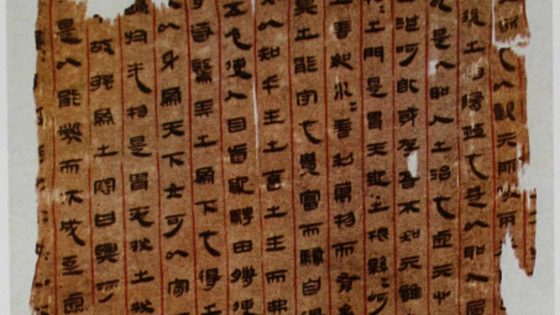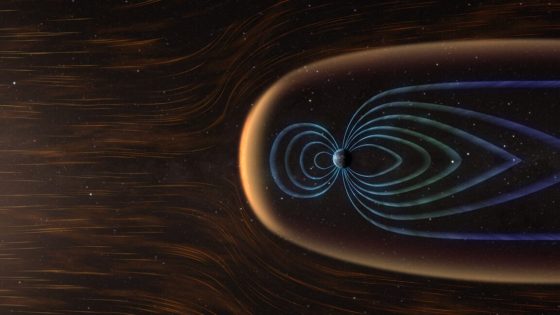A groundbreaking discovery in ancient medicine has emerged from a 2,200-year-old tomb in southern China. Researchers have unveiled what may be the world’s oldest anatomical chart of the human body, found within the Mawangdui medical manuscripts.
- Discovery of ancient anatomical chart in China
- Mawangdui manuscripts detail human anatomy
- Meridians linked to acupuncture practices
- Ancient Chinese physicians may used dissections
- Challenges Eurocentric views on medical history
- Predates Greek anatomical studies significantly
This ancient text offers a remarkable insight into the medical knowledge of the Han Dynasty (206 BC to 220 AD), challenging long-held beliefs about the origins of anatomical studies. As we explore this revelation, one must wonder: how did these ancient insights shape modern medical practices?
The Mawangdui manuscripts challenge the traditional narrative that attributes the earliest anatomical studies solely to ancient Greece. This discovery raises important questions about the methods used by ancient Chinese physicians. Did they conduct dissections on criminals to gather this knowledge? Consider these points:
- The manuscripts describe meridians that align with modern blood vessels.
- They provide evidence of precise anatomical observations in ancient China.
- This challenges the Eurocentric view of medical history.
- Acupuncture may have scientific foundations rather than being purely a mystical practice.
As we delve deeper into ancient medical practices, the Mawangdui manuscripts open new avenues for understanding the evolution of healthcare. What other secrets might ancient texts reveal about our medical past?

































